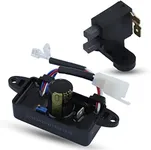Buying Guide for the Best Auto Start Generator
Choosing the right auto-start generator involves understanding your power needs, the environment where it will be used, and the features that will make operation convenient and efficient. Auto-start generators are designed to automatically start when there is a power outage, providing a seamless transition to backup power. Here are the key specifications to consider when selecting an auto-start generator and how to navigate them to find the best fit for your needs.Power Output (Wattage)Power output, measured in watts, indicates how much electricity the generator can produce. This is crucial because it determines what and how many devices you can run simultaneously. Generators come in various wattage ranges: small (up to 2000 watts) for basic needs like lights and small appliances, medium (2000-7000 watts) for larger appliances and multiple devices, and large (over 7000 watts) for whole-house power. Assess your power needs by listing the devices you want to run and their wattage requirements, then choose a generator that can handle the total load.
Fuel TypeGenerators can run on different types of fuel, including gasoline, diesel, propane, and natural gas. The fuel type affects the generator's efficiency, cost of operation, and availability of fuel. Gasoline is widely available but has a shorter shelf life; diesel is more efficient and has a longer shelf life but can be more expensive; propane is clean-burning and has an indefinite shelf life but requires a storage tank; natural gas is convenient if you have a gas line but may not be available in all areas. Choose a fuel type based on availability, storage, and your preference for maintenance and operation.
Run TimeRun time refers to how long the generator can operate on a full tank of fuel. This is important for ensuring continuous power during extended outages. Generators with longer run times are more convenient as they require less frequent refueling. Run times can vary from a few hours to over 24 hours. Consider how long you typically need backup power and choose a generator with a run time that matches your needs, keeping in mind that higher power output often means shorter run times.
Noise LevelNoise level, measured in decibels (dB), indicates how loud the generator will be during operation. This is important for comfort and compliance with local noise regulations. Generators can range from very quiet (below 60 dB) to quite loud (above 80 dB). If you plan to use the generator in a residential area or near living spaces, a quieter model is preferable. Consider where you will place the generator and how noise might affect you and your neighbors.
Automatic Transfer Switch (ATS)An Automatic Transfer Switch (ATS) is a device that automatically switches the power source from the main grid to the generator during an outage. This feature is essential for auto-start generators as it ensures a seamless transition without manual intervention. Some generators come with an ATS included, while others require a separate purchase. Ensure the generator you choose is compatible with an ATS and consider the ease of installation and operation.
PortabilityPortability refers to how easy it is to move the generator. This is important if you need to transport the generator to different locations or store it when not in use. Portable generators typically have wheels and handles, making them easier to move. Consider the weight and size of the generator, and whether you need a stationary unit for home use or a portable one for flexibility.
Maintenance and DurabilityMaintenance and durability are important for the long-term reliability of the generator. Look for features like low-oil shutoff, which protects the engine, and easy access to parts for maintenance. Durable materials and construction will ensure the generator can withstand regular use and harsh conditions. Consider how often you will use the generator and choose one that offers the right balance of durability and ease of maintenance.
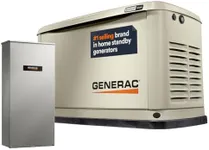

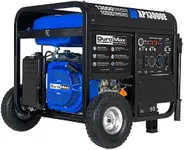
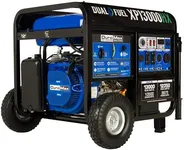
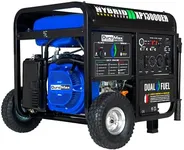
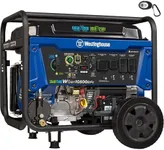
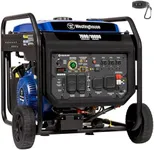
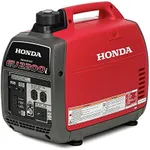
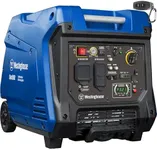

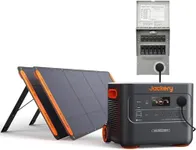

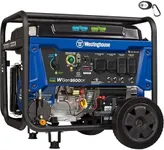
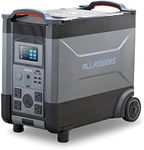
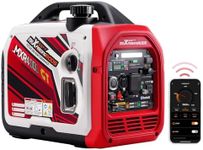
![[Upgraded Version] ALLPOWERS S2000 Portable Power Station 2000W (Peak 4000W) MPPT Solar Generator 1500Wh Backup Battery with 4 AC Outlets for Outdoor Camping RV Emergency Off-Grid](https://images-proxy.bestreviews.guide/RKciUpoEpXP6FG5NDwMBUKV-gKk=/0x150/https://m.media-amazon.com/images/I/51n9OTptdIL._AC_CX679_.jpg)
